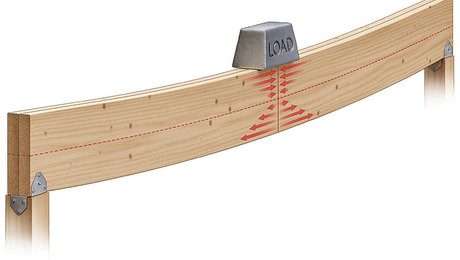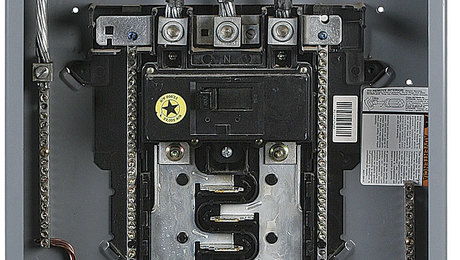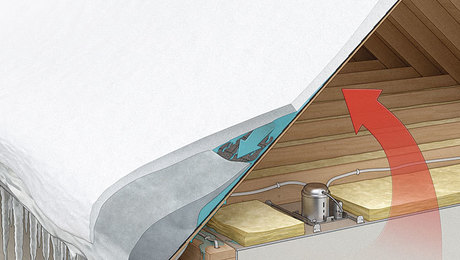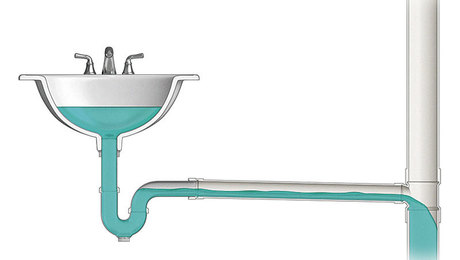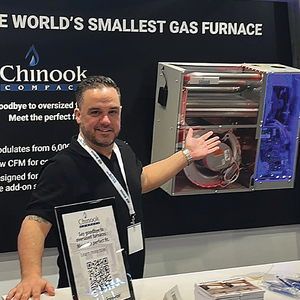How it Works: Dehumidifiers
Excess humidity can encourage the growth of mold and even damage a house's structure and furnishings over time.
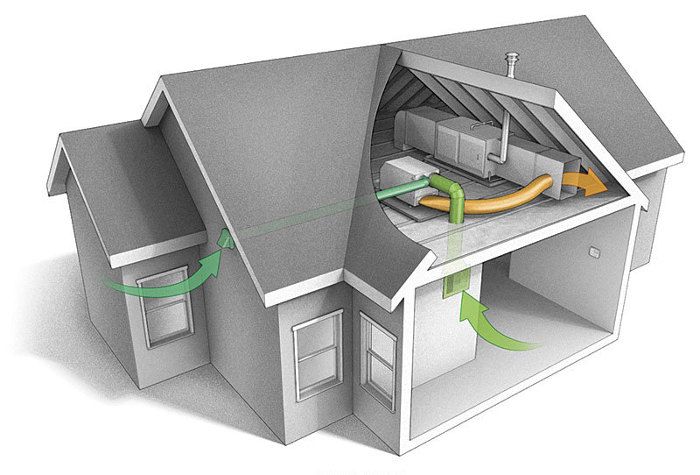
Synopsis: Excess humidity can encourage the growth of mold and even damage a house’s structure and furnishings over time. Many homes control indoor humidity with a dehumidifier. In this “How It Works” article, managing editor Debra Judge Silber explains how these machines remove humidity from the air. A liquid refrigerant passes through evaporator coils, which contact incoming air. Moisture from the air condenses on the cool coils and drains into a tray. While passing through the coils, the low-pressure liquid absorbs heat from the air and evaporates into a gas. The compressor squeezes it into a high-pressure, high-temperature gas before it flows into the condenser coils. There the refrigerant gives up its heat to the outgoing air and condenses back to a liquid.
When humidity builds up in a house, it does more than make us uncomfortable. It can encourage the growth of organisms detrimental to our health, and over time, it can damage the structure and furnishings of our home. Controlling indoor humidity has become trickier as we’ve gotten better at building tight, energy-efficient houses. Without sufficient ventilation, indoor humidity produced by human activity (showering, cooking, perspiring, and even breathing) can build to unhealthy levels. In the humid South, houses that are well sealed and well insulated require less air conditioning; that’s good for saving energy but bad for indoor-air quality, because air-conditioning helps control humidity. In part for this Dehumidifiers Upstream of the unit, a motorized damper controlled by a timer allows periodic ventilation. Reason, the EPA’s Building America program recommends supplemental dehumidification for homes in hot, humid climates.
Dehumidifiers whether the portable “fill and spill” type or the more sophisticated (and expensive) integrated, extract moisture from the air using the same principles a refrigerator or air conditioner uses to cool the air. Here’s how they work.
WATER AND AIR
Through evaporation and condensation, water is continually moving in and out of the air. When water vapor in the air comes into contact with a cold surface, its molecules slow, causing the vapor to condense into a liquid. That phase change is central to how a dehumidifier takes water from the air. The unit’s refrigerant cycle uses similar physics: It releases heat as it condenses and absorbs heat as it evaporates. The drawing below follows the interaction of air and refrigerant as they pass through the unit.
For graphics and more information on the functions of a dehumidifier, click the View PDF button below.
